Tension dogs CASA's finishing stage
Things can go wrong in any experiment, which is why master's student of Applied Physics and Electrical Engineering and manager of Team CASA Antoine Post is not fazed by another delay in the completion of CASA 1.0 in Brandevoort. There is still so much to do every day. Take today, for example. There's guided tour to be given to the lecturers of his intern Bas Beishuizen (fourth year Mechanical Engineering student at Avans). Cursor joined them.
What has gone well and what should be done differently next time around are interesting aspects of the build, which got underway on 16 December, 2020. The project in question is Team CASA's concrete-less building. With this announcement, Antoine Post starts his guided tour for two lecturers of the Smart Energy lectorate at Breda's Avans University of Applied Sciences. Intern Bas Beishuizen already knows this, of course; he has just been asked to do the calculations to make the climate system suitable for CASA 2.0. The first version of CASA is a building for three apartments with a single 'service core' housing the ventilation, sewage system, electrical systems, water supply, and the like.
If sustainable homes like these are to become affordable, they must be built on a bigger scale. Today, for the second time during his internship, for which he must submit his final report next week, Beishuizen is on site. “What would the climate system have to be like for a taller building, or a line of row houses? Perhaps whoever is building in the future will find my documents useful,” says Beishuizen.
Fire
Antoine Post leads us into the building. Standing on a chipboard floor, beside a stack of floor heating tiles, he explains in an unruffled manner the ad hoc problems Team CASA had to contend with. With the connections for the electricity, the water, the sewage system and the cables, as well as with suppliers. No wonder construction was delayed. “The plan was to bring in the bathroom fully finished, but that delivery was cancelled - no reason given. So now we have to build it in situ.” A criminal act a few weeks ago also took them by surprise. “Some electrical tools were stolen from the construction trailer and to cover their tracks the thieves started a fire.” There are now two security cameras on the building site to the rear of the house. The property still doesn't have any neighbors.
AC/DC
Beishuizen's lecturers are particularly interested in the power cables. “Our lectorate works in the field of smart energy, and we are keen to share knowledge with Antoine Post or others at TU/e on converting alternating current to direct current,” says Hugo de Moor. He and his colleague Njord van Erck are eager for further cooperation between their own vocational higher education and TU/e. “Our mindset is naturally more applied than TU/e's, but this project is the pinnacle of field-based learning,” says Van Erck.
Finishing touches
Yesterday the heat pump was delivered; Post is seeing it today for the time. All the house's heating and cooling pipes can now be connected. On the roof the solar panels have yet to be installed, but the solar collectors are already up there. On the exterior wall the facade of compressed bamboo fiber has been installed. “Oh yes, this is very sustainable,” Post assures the lecturers from Breda. “The calculated CO2 footprint even includes its transport all the way here from China.”
When Post finally moves in, -in addition to being a team leader, the student is also the first resident- the project won't come to an end when he unpacks his removal boxes. “A whole other measurement stage will follow. Occupant comfort will be scientifically studied by Alex Donkers, he's doing his doctorate at Built Environment on the subject.”
Post also hopes to give the project a commercial sequel: the startup's name is already known: Integra. This company will produce complete designs for building systems capable of supporting six housing units to which these same CASA principles (comfortable, sustainable and affordable) have been applied.
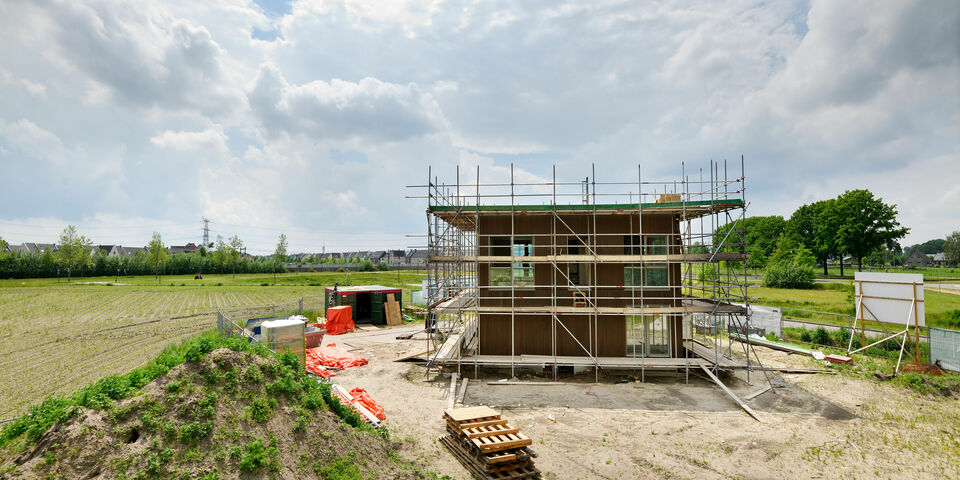

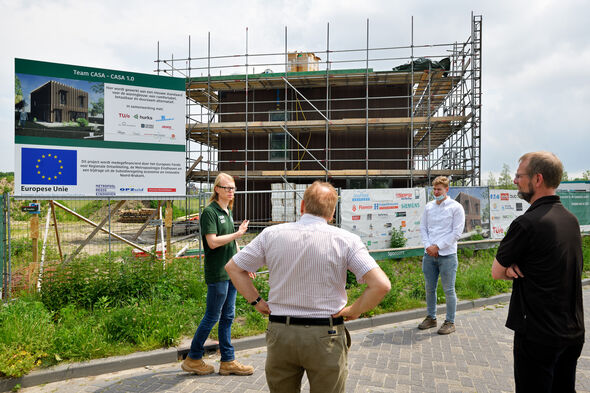
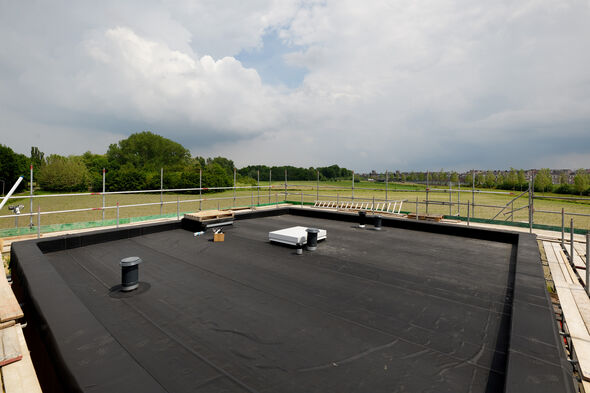
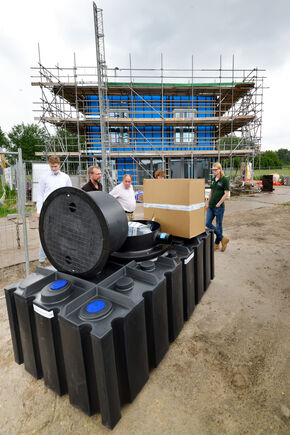
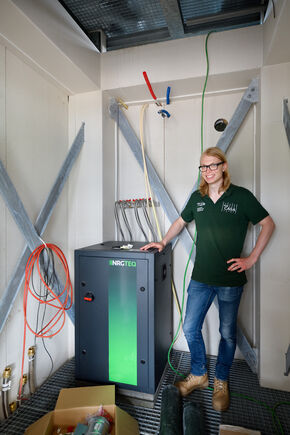
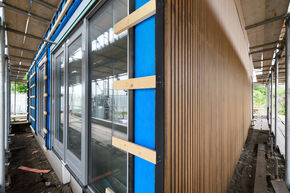
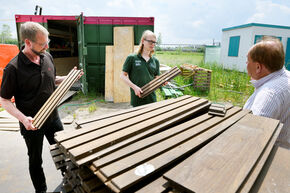
Discussion